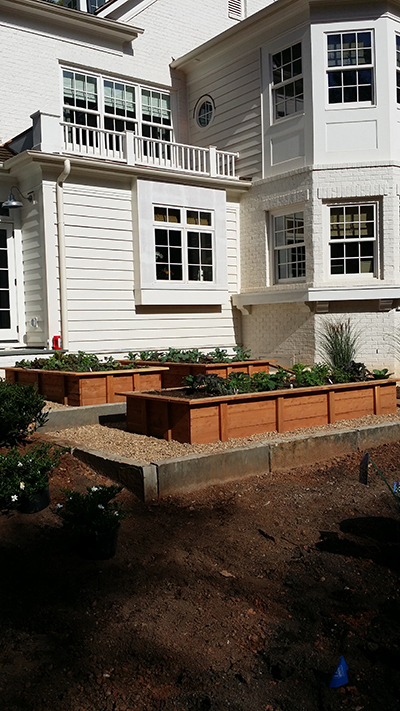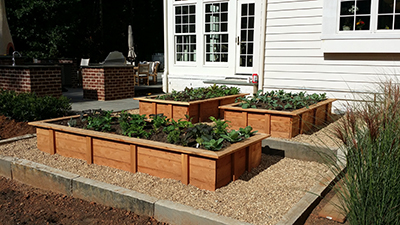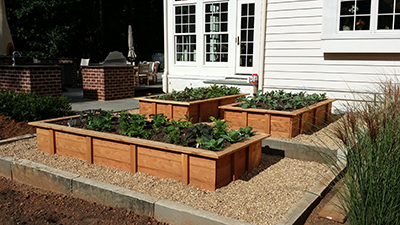Greenhouse Maintenance
 Monday, August 7, 2017 at 10:57AM
Monday, August 7, 2017 at 10:57AM
So you’re the kind of person who stays on top of things. Your mechanic can count on seeing your car for an oil change every three thousand miles, and at the first sign of a flake of paint on your home’s siding, there’ll be a crew with ladders and paintbrushes pulling into the driveway. You’re so fit, that In the gym, people confuse you with your personal trainer.

And you LOVE your greenhouse, but when was the last time you gave it that kind of attention, to make sure it works at its best? Not to worry, because, with these simple steps, your greenhouse will deliver optimum performance just like your other important assets.
Inspect and Clean the Greenhouse Glazing
The cleaner your greenhouse glazing is, the more sunlight will reach your plants. This is especially important during winter months, when the days are already short, and every minute of daylight counts. Remember that some glazing materials, like polycarbonate, often have a protective coating on the exterior to help prevent discoloration and damage from exposure to UV light.
The best way to clean the exterior, and minimize risk of damage to the material, is to gently scrub away dirt with a wet mop, then hose off the exterior. The inside of your greenhouse glazing may actually require more cleaning, as the warm, humid environment encourages the growth of green algae, insects, and dirt buildup. While you’re cleaning, keep an eye out for cracks, chips, or scratches, which can indicate a more serious structural problem, like a frame that racks in high winds.
Examine the Greenhouse Frame
On wood framed greenhouses, look carefully for signs of decay, especially soft spots, and areas that seem to stay wet. Rotten wood should be replaced immediately, and corroded or rusted areas on a metal framed greenhouse, should be sandblasted, and painted with a marine grade exterior primer, before applying a final topcoat. Any decayed, or corroded greenhouse benches and shelving should also be repaired.
Inspect the Greenhouse Lighting, Heating and Ventilation Systems
Test fans, vents, windows, and doors to see that they are clean, lubricated, and all function properly. Maximize the efficiency of your heating system, by cleaning any built up soot, or debris, and wiping down heating elements. Check out motors, filters, burners, pipes, thermostats and heater ignition systems, and clean as needed, and repair any leaks in the flue.
summer is a great time to evaluate your greenhouse’s heating system, because it gives you plenty of time to order parts, and make repairs well before you’ll need to depend on the heater. Clean the filters on an evaporative cooling system, and carefully examine it for leaks. Inspect supplemental lighting for corrosion on terminals, clean lighting reflectors, and replace any florescent bulbs that show signs of discoloration at the ends.

















